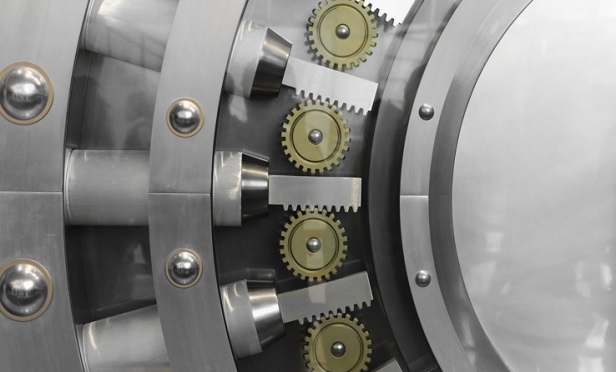
 (Photo: Thinkstock)
(Photo: Thinkstock)
A reborn version of collateralized debt obligations, backed by both high-yield bonds and leveraged loans, is gaining ground just as concerns about credit markets are on the rise.
These hybrids have characteristics of the very first corporate-bond CDOs beginning in the late 1990s, but they are far less leveraged — three times compared to 11 to 12 times for the first generation, according to issuers. They are not related to the mortgage-backed bonds that contributed to the financial crisis. Yet worries remain.
(Related: CLOs Are Hot. Plan Accordingly.)
The bonds are largely investment-grade, structured with lots of credit protection, and pay a fixed-rate coupon, unlike current collateralized loan obligations. They also have maturities of five years or more. Because of this, buy-and-hold investors such as insurance companies seem to have taken to them, according to data compiled by Bloomberg. Also, issuers say that they can adjust the asset mix during the life of a deal to profit from interest rate gyrations over the next several years, while keeping liability costs fixed.



